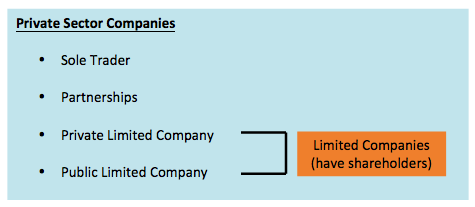Fiscal policy is used to maintain the aggregate demand of an economy.
Expansionary Fiscal Policy is when government increases budget deficit 9reduce surplus) by decreasing taxes and income spending to increase the aggregate demand of an economy.
Contractionary Fiscal Policy is when a government reduces aggregate demand by spending less and increasing taxes in order to reduce deficit/increase surplus.
Inflation
To decrease inflation, Contractionary Fiscal Policy may be used. Inflation may be due to aggregate demand increasing too quickly and Contractionary Fiscal Policy may be used to decrease demand.
Government may ↓ spending or ↑ taxes. This will ↓ disposable income and ↓ demand as well as inflation.
Economic Growth
Expansionary Fiscal Policy may be used to ↑ economic growth. An ↑ in government spending will ↑ Aggregate Demand.
↓ in Taxes can also ↑ Aggregate demand as firms and households will have an ↑ in spending power.
COMPLETE NOTES ON UNEMPLOYMENT, CURRENT ACCOUNT DEFICIT AND FISCAL POLICY AND THE ENVIRONMENT.
